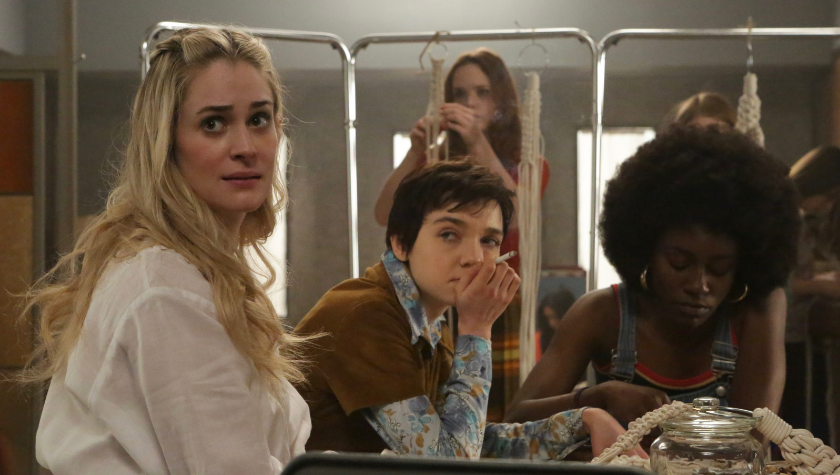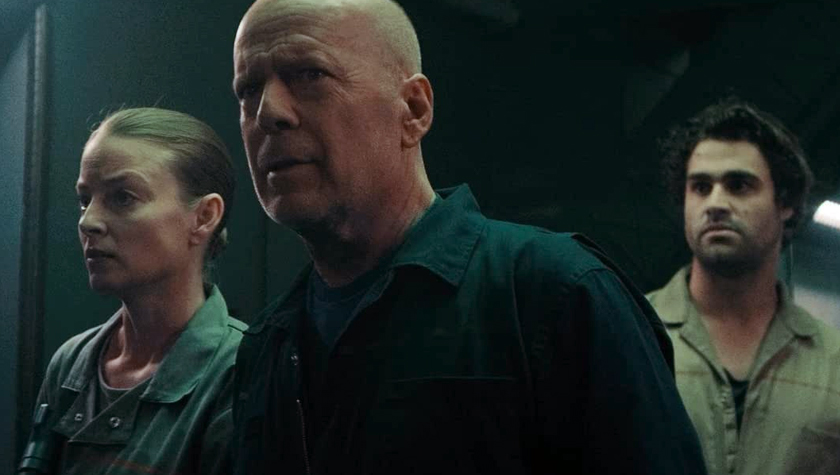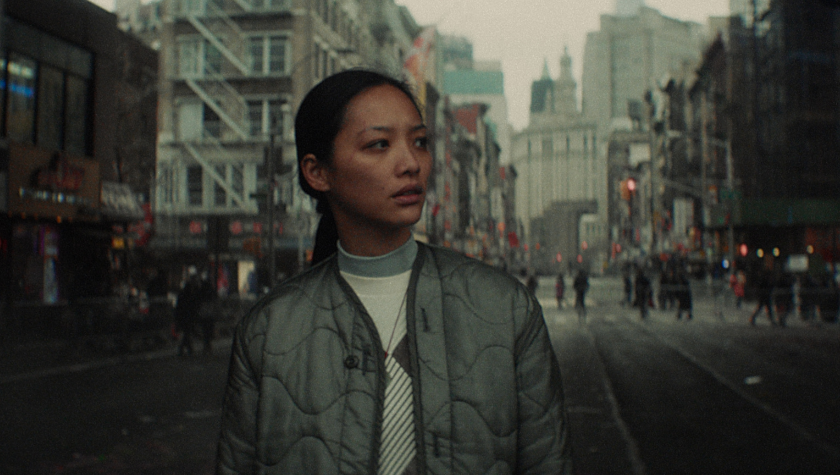Aharon Keshales talks pacing, character and 'South of Heaven'
October 13, 2021
Co-writer and director Aharon Keshales’ latest feature, South of Heaven features Jason Sudeikis as Jimmy, who we meet at the end of a jail sentence for armed robbery. The film opens with Jimmy pleading to the camera to be released so that he can marry his girlfriend, Annie (played by Evangeline Lily), who has lung cancer and less than a year to live. He’s successful in his plea and he’s permitted release so that he can reunite with his long-lost love. However, in less than 24 hours and with a little bit of blackmail, Jimmy’s drawn back into illegal activities — an “easy job” that he takes on to appease his criminal “friend” quickly goes south, and Jimmy finds himself accidentally killing a man. He's left with the dead man’s suitcase full of money, and a very angry kingpin looking for said suitcase. Thus, the cat-and-mouse of South of Heaven begins, with Jimmy doing everything in his power to appease his dying wife while managing to stay out of jail (again).
The process of writing South of Heaven came to Keshales during his honeymoon. “I got married later in life, and felt like I had to compensate for twenty years of being single, so we went on a six-month honeymoon around the world. I started to understand that I couldn’t ‘chase time’ — that all the things I wanted to do when I was 25, here I was, doing them at 37, but I still couldn’t make up for lost time.”
It was that feeling that inspired the premise behind South of Heaven. “What if, I was thinking, what if a man needed to compensate to his wife for being gone for twelve of the best years of his life — he’s finally back in her life and now she’s dying of cancer. He’s got to do everything he can to make sure he doesn’t screw up again.”
The film's tone is set very quickly, using medium shots that make everyone feel very distant and a little foreign, (like everything about Jimmy, having just reentered society). But Keshales says, “The tone did change from the script to the screen. You can be a little more honest about the tone once you’re in it and the movie did evolve into something more profound and deeper just because of the work the actors did. All these amazing actors come to the table with incredible ideas, motivations, emotional arcs… I knew that the tone’s film had to fit the needs of the actors, too. It’s a genre film and I didn’t want it to become a stereotype.”
Keshales says the tone of the film also changed due to filming constraints, “…here we are, we were supposed to shoot the film in the summer, but things happen, instead we found ourselves shooting it in the fall — empty trees; it just made everything more somber. So, you go with it. You make it less funny, you make it more grounded. The scenery is bare and cold and it works well with the strained relationships in the film.”
Sudeikis plays a serious character, and Keshales says, “Jason came prepared to play Jimmy. He knew about this character and his life and his motivations. Why he would do certain things. Why he would say something a certain way. Your actors come in with the ability to bring your characters life, so you listen to them,” says Keshales. “Your idea might be different from theirs, but they know these characters inside and out — who they bring to the screen is more important than what was written on the page.”
The film’s inciting incident happens very early on and the film’s pacing is consistent: Fast storytelling featuring scenes filled with a ping-pong effect of dialogue. “Pacing is something you need to feel when you’re writing a script. You need to ask yourself, ‘Is it too much action? Is there too much talking?’ so you take it down a notch, have a few slower scenes, and then it’s back to a wild chase.”
The film itself tells the tumultuous romance between Jimmy and Annie. They’ve both changed over the years, and it’s as much about them discovering themselves as a couple again, as it is about them being on the run. Keshales says, “I knew when I wrote South of Heaven that the film had to have a slow burn — but things needed to move quickly. First, you think it’s a romance, then thirty minutes in, it’s gone in a different direction.”
Keshales, who credits his previous experience with editing for the storytelling of South of Heaven, adds, “There are things you discover in the editing room. Nothing was changed in the script to the editing room — it’s just another way you figure out how to tell the story and luckily, I have tempo in my bloodstream.”
Written by: Vanessa King
Vanessa King is an NYC-based producer, screenwriter, and professor who has worked in development with top-level industry talent for nearly two decades. Her work as a writer has received numerous awards, having earned her recognition from industry bodies including AMPAS/Oscar’s Nicholl Screenwriting Fellowship (feature) and Sony Worldwide Entertainment’s Emerging Filmmaker Program (TV Series). In 2005, she co-founded the New York Screenwriters Co-Op, New York’s only free-to-the-public screenwriting workshop with over 2000 active members. Vanessa is faculty at Gotham Writer’s Workshop (NYC) and Staffordshire University (UK), where she teaches both television and screenwriting to students, beginner to post-graduate. She recently was Showrunner of the TV pilot “Two Roads”, a concept she co-created and co-wrote for Sony’s VUE Network. Vanessa is passionate about diversity and inclusion within the industry and was a consultant on Final Draft Screenwriting Software’s Diversity and Inclusion product build. She’s a board member of the Diversity List, amplifying top scripts written by female-identifying and BIPOC writers. She is a judge for the Hip Hop Film Festival, The UCLA Graduate Screenwriter’s Showcase and The 24 Hour Film Festival. She was named one of The Huffington Post’s 13 Women To Watch and for three consecutive years, has been named to Vanity Fair’s “Downtown 100”, a list that recognizing New York’s top networkers in the entertainment industry. Originally from Canada, she lives in New York City.



